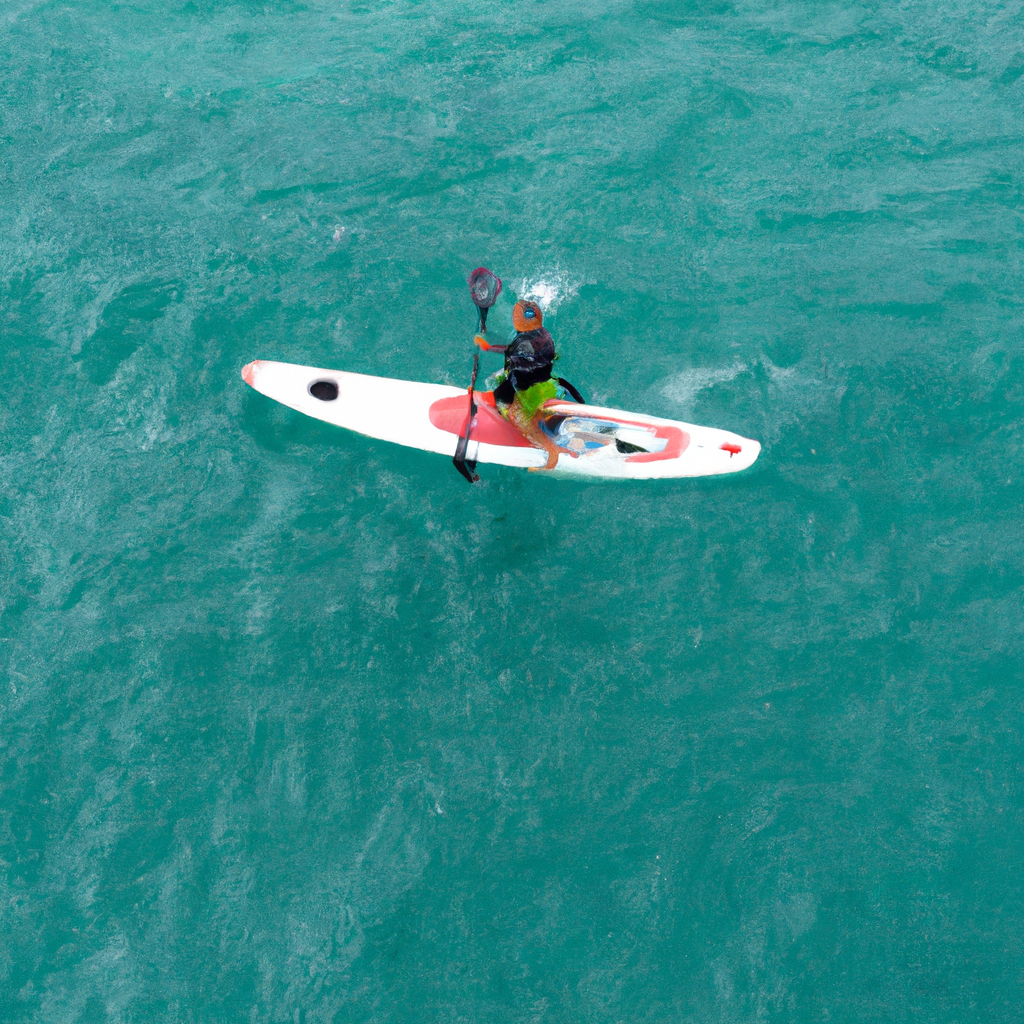Navigating Water Sports: Complete Guides to Get Started and Improve

Water sports, whether on the open sea, river or lake, have long been an exciting and challenging way to stay active, making the most of the natural beauty of the water. From windsurfing to kayaking, water skiing and sailing, these sports offer a wide range of experiences and challenges that can suit a variety of abilities and fitness levels. In this article, we will explore in depth the different types of water sports, the equipment required and the safety measures to take into account. In addition, we will provide a detailed guide on how to get started in these sports, and finally, we will discuss the benefits and challenges they present. Whether you are a beginner looking for a new way to stay fit or an experienced sportsman looking for a new challenge, this article will provide you with everything you need to know about water sports.
- 1. "Exploring the different types of water sports"
- 2. "Water sports equipment and safety: what you need to know"
- 3. "How to get started with water sports: from windsurfing to kayaking"
- 4. "Benefits and challenges of water sports: a comprehensive overview"
1. "Exploring the different types of water sports"
Water sports are a broad category that encompasses a variety of sporting activities that take place on water. These can be divided into several main types, each with its own rules, equipment and techniques. On the one hand, we have speed water sports such as water skiing, wakeboarding and powerboating, which are characterised by adrenaline and speed. On the other hand, there are paddle and pedal sports such as kayaking, canoeing and paddle surfing, which combine physical strength with technical skill. Sailing sports such as dinghy sailing and yachting demand a deep understanding of currents and winds. Finally, we have underwater sports such as diving and snorkelling, which allow you to explore the beauty of the underwater world. Each of these water sports offers a unique and exciting experience, and there is something for everyone, regardless of skill or fitness level.
2. "Water sports equipment and safety: what you need to know"
Equipment and safety are crucial aspects of water sports, as they ensure that you can safely enjoy these activities. Depending on the water sport you choose, the equipment may vary. For example, if you choose to surf, you will need a surfboard suitable for your level and size, a wetsuit to protect you from the cold, and a leash to secure the board to your ankle. On the other hand, if you prefer sports such as kayaking or canoeing, you will need a life jacket, a helmet, and paddles. Regardless of the sport you choose, it is essential to have a suitable life jacket. It should fit your body well and comply with local safety regulations. In addition, it is highly recommended that you receive training in water safety and first aid. Remember that safety should never be taken lightly when practicing water sports.
3. "How to get started with water sports: from windsurfing to kayaking"
Starting your adventure in water sports can seem like a daunting task due to the wide range of possibilities, but with the right guidance, you can find the activity that best suits your skills and preferences. If the idea of gliding over the waves driven by the wind appeals to you, windsurfing may be an ideal choice for you. This discipline combines elements of surfing and sailing, requiring both balance and basic navigation knowledge. To get started, you will need a windsurfing board, a sail and a harness, as well as lessons from a qualified instructor to learn the proper techniques. On the other hand, if you prefer a calmer activity in direct contact with the water, kayaking may be more appropriate. This activity allows you to explore rivers, lakes and seas, using your own strength to paddle. To get started, you will need a kayak, a paddle and, most importantly, a life jacket. As with windsurfing, it is advisable to take a few lessons to learn the basic paddling and safety techniques. Regardless of the water sport you choose, always remember to respect the water and understand that safety is paramount.
4. "Benefits and challenges of water sports: a comprehensive overview"
Water sports offer a number of benefits, both physical and mental. On the physical side, they help improve endurance, strength and coordination, as they require constant effort from the body to maintain balance and move in the water. In addition, they are an excellent way to burn calories and stay fit. On the mental side, they promote concentration, emotional balance and contribute to reducing stress, as contact with water and nature has a relaxing effect. However, they also present challenges. One of the main ones is the need to learn to swim and feel safe in the water. They also require specific technical training to handle the equipment safely. In addition, the weather and water conditions can be unpredictable, so it is necessary to learn how to respond to unexpected situations. Finally, although they are very rewarding sports, they require an initial investment to acquire the necessary equipment and, in some cases, pay club fees or training classes.
